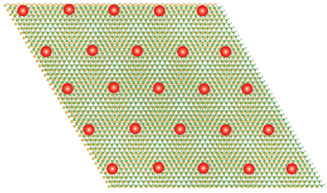
When Material Goes Quantum, Electrons Slow Down and Form a Crystal
Researchers detect an exotic electron phase called Wigner crystal in tungsten diselenide/tungsten disulfide moiré superlattices.

Researchers detect an exotic electron phase called Wigner crystal in tungsten diselenide/tungsten disulfide moiré superlattices.
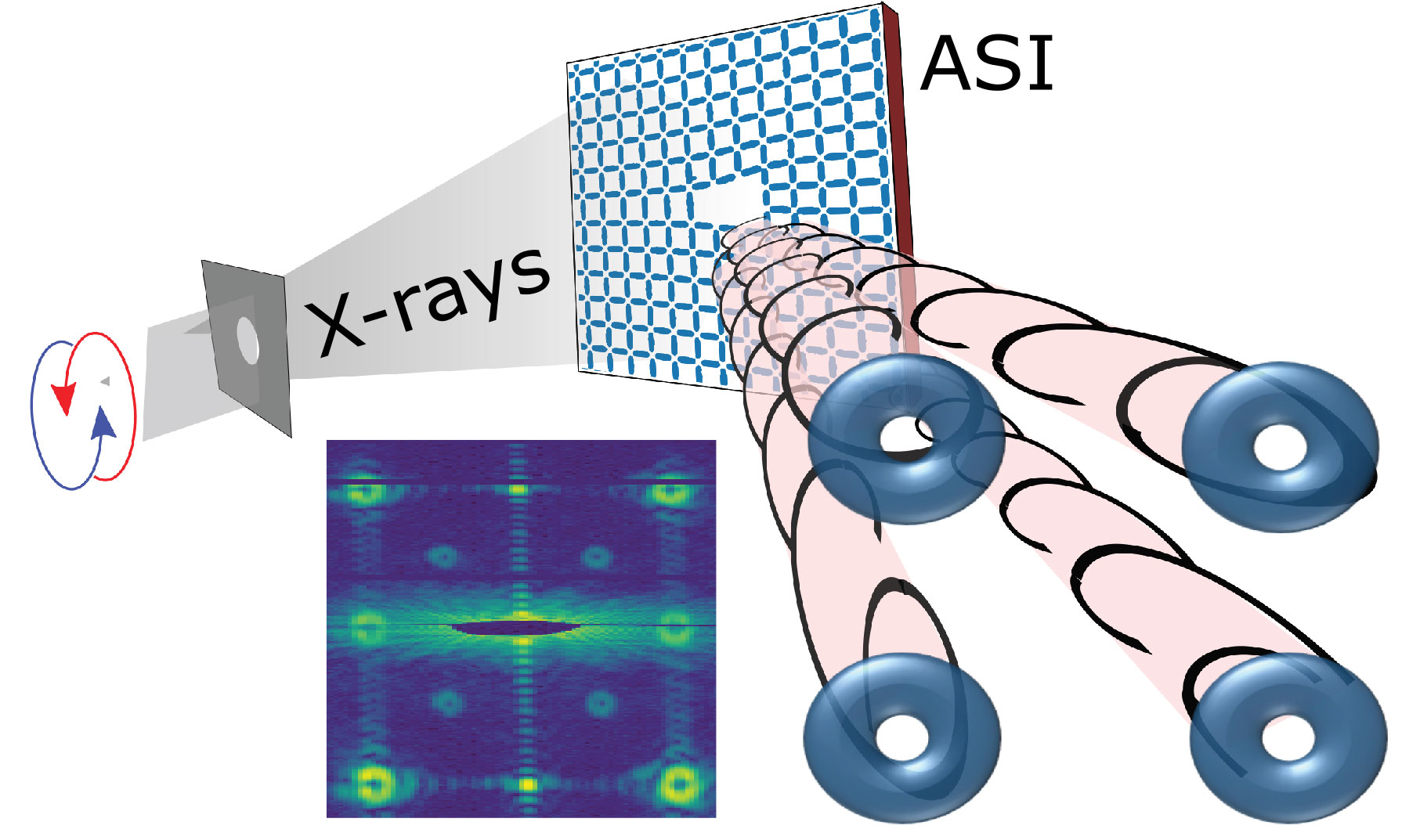
Patterned arrays of nanomagnets produce X-ray beams with a switchable rotating wavefront twist.
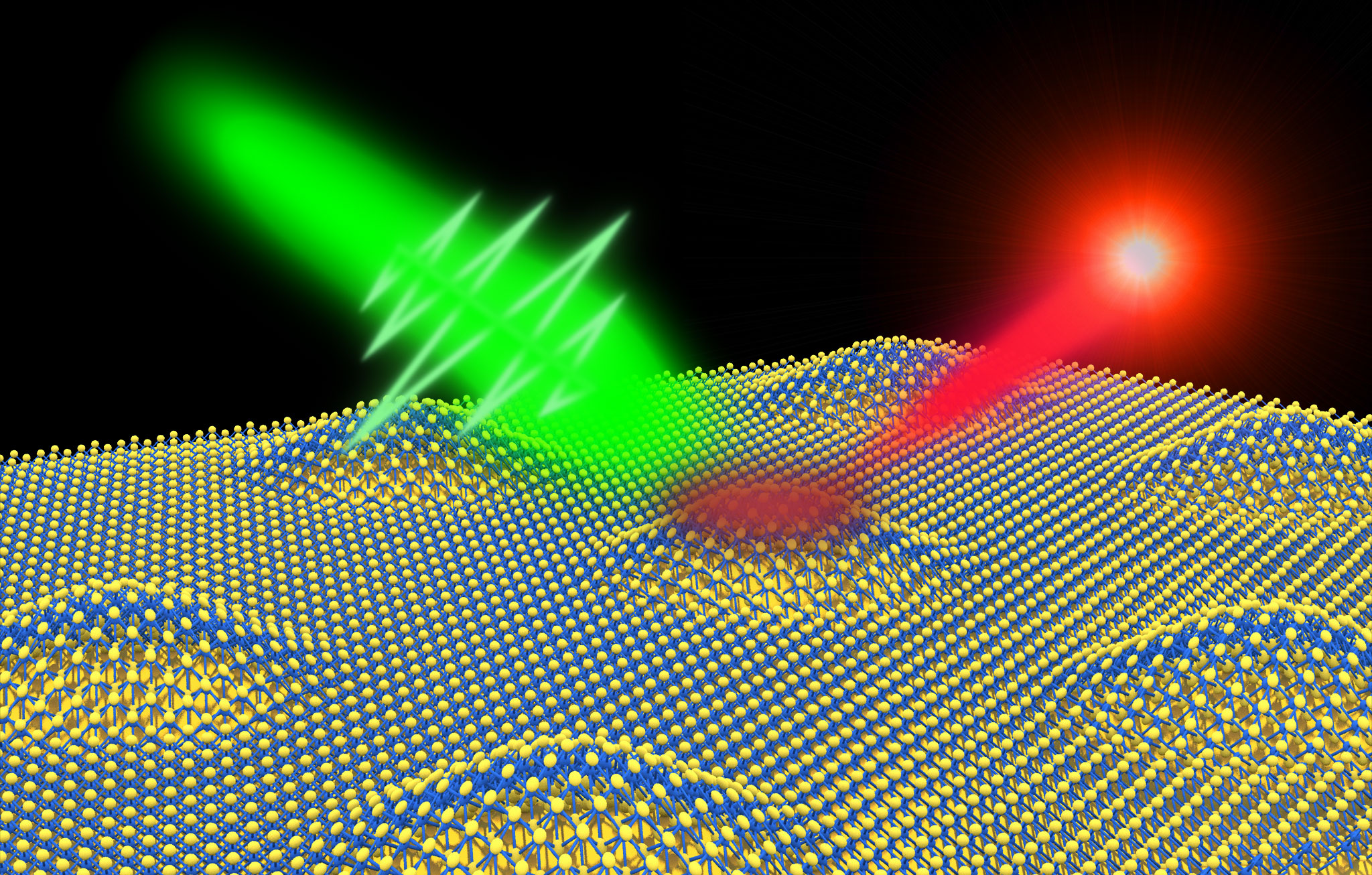
Researchers develop the first 2D telecommunication-compatible quantum light source, smoothing the path toward a quantum internet.
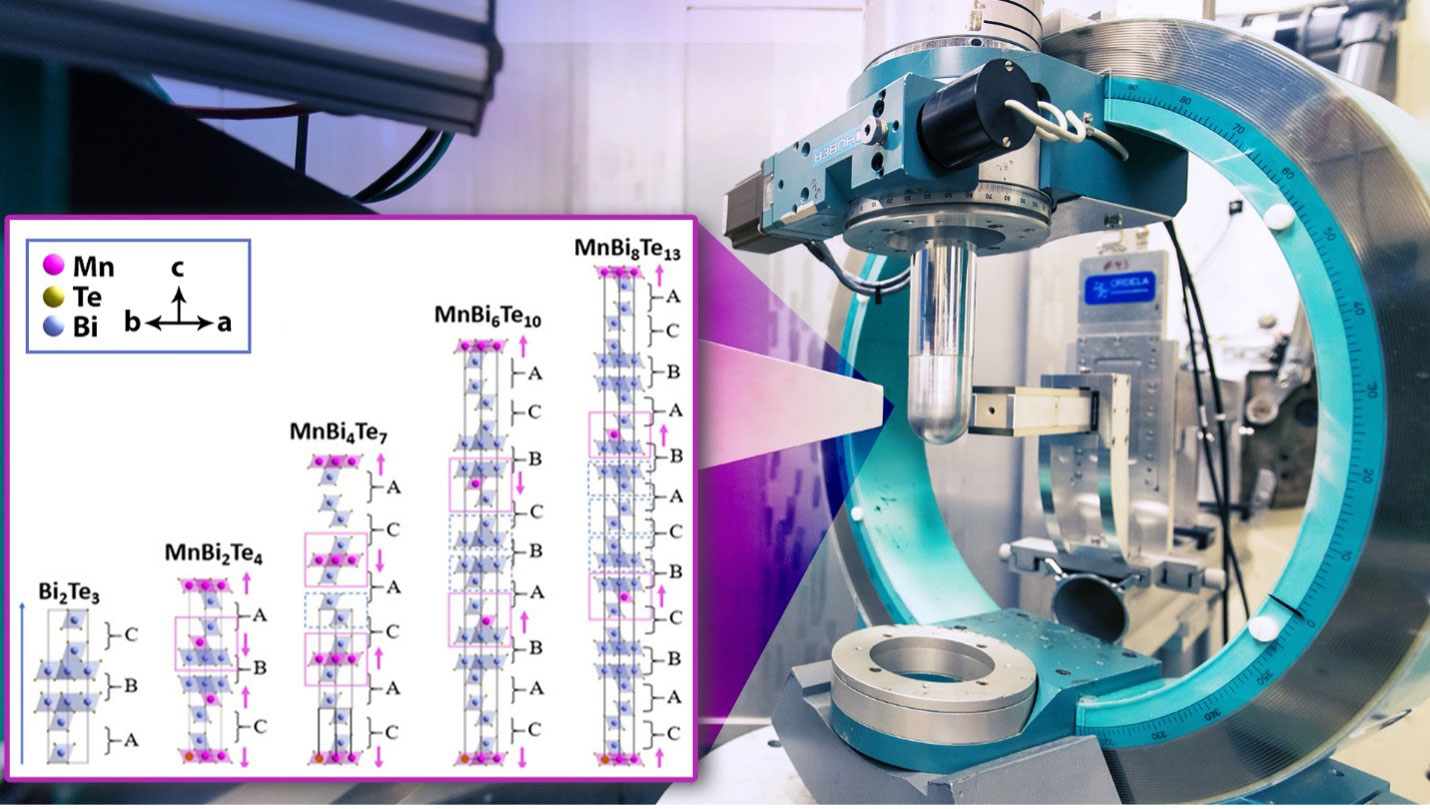
Combining synthesis, characterization, and theory confirmed the exotic properties and structure of a new intrinsic ferromagnetic topological material.

Neutrons reveal remarkable atomic behavior in thermoelectric materials for more efficient conversion of heat into electricity.
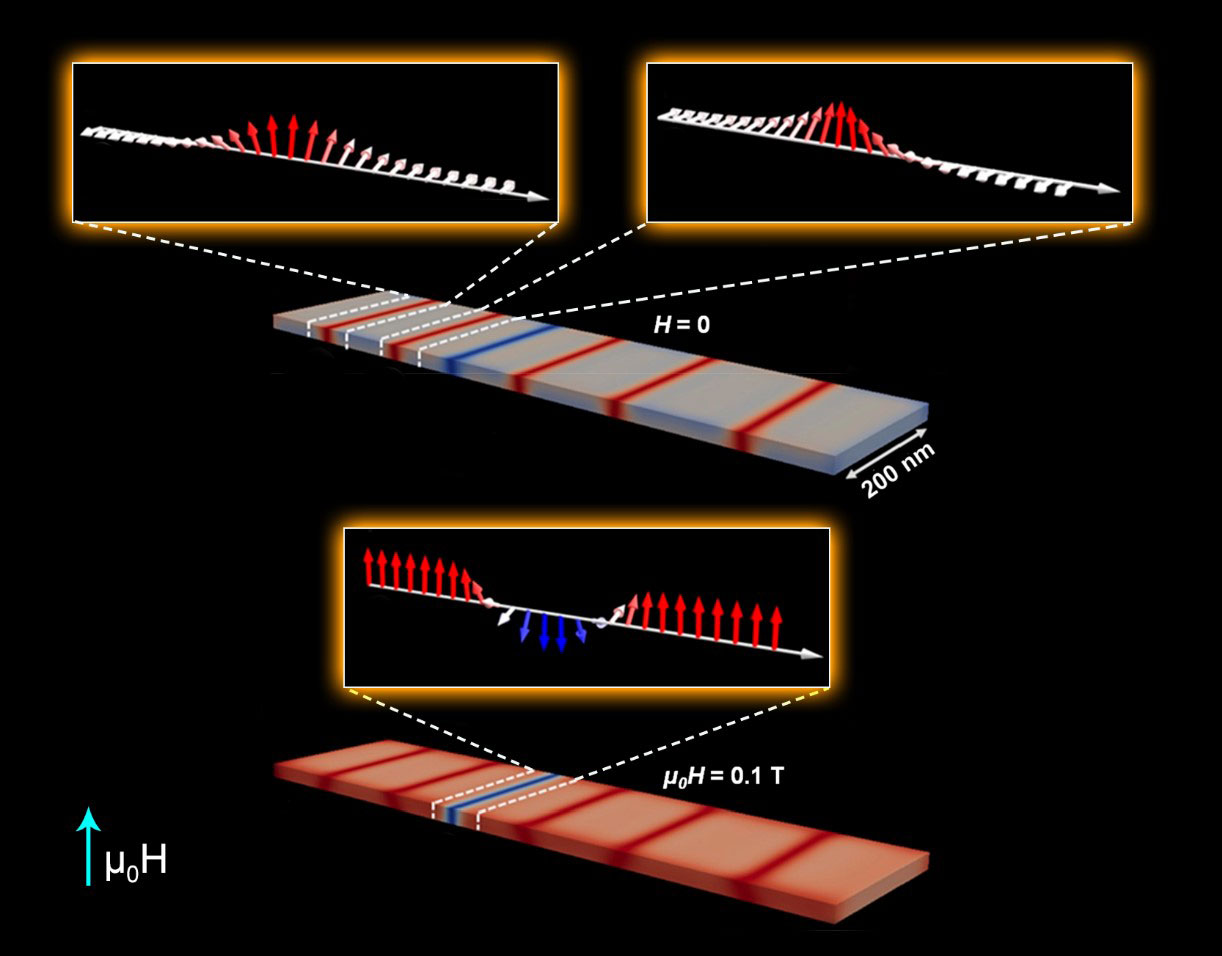
Studies of the nanostructure of a chiral magnet provides insights on controlling magnetic properties for applications in computers and other electronics.
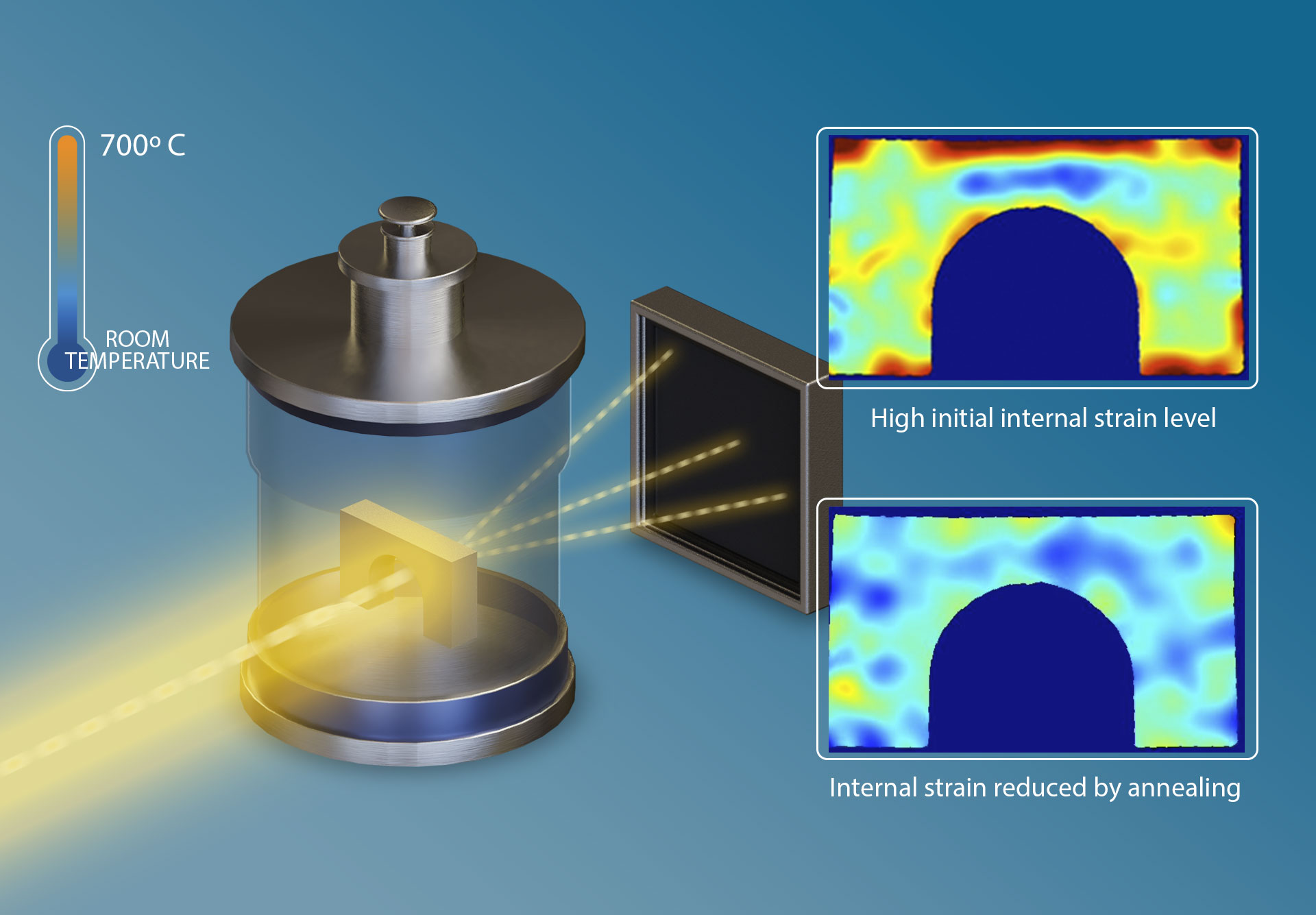
Neutron scattering monitors structures during post-production heat treatment to validate production models.
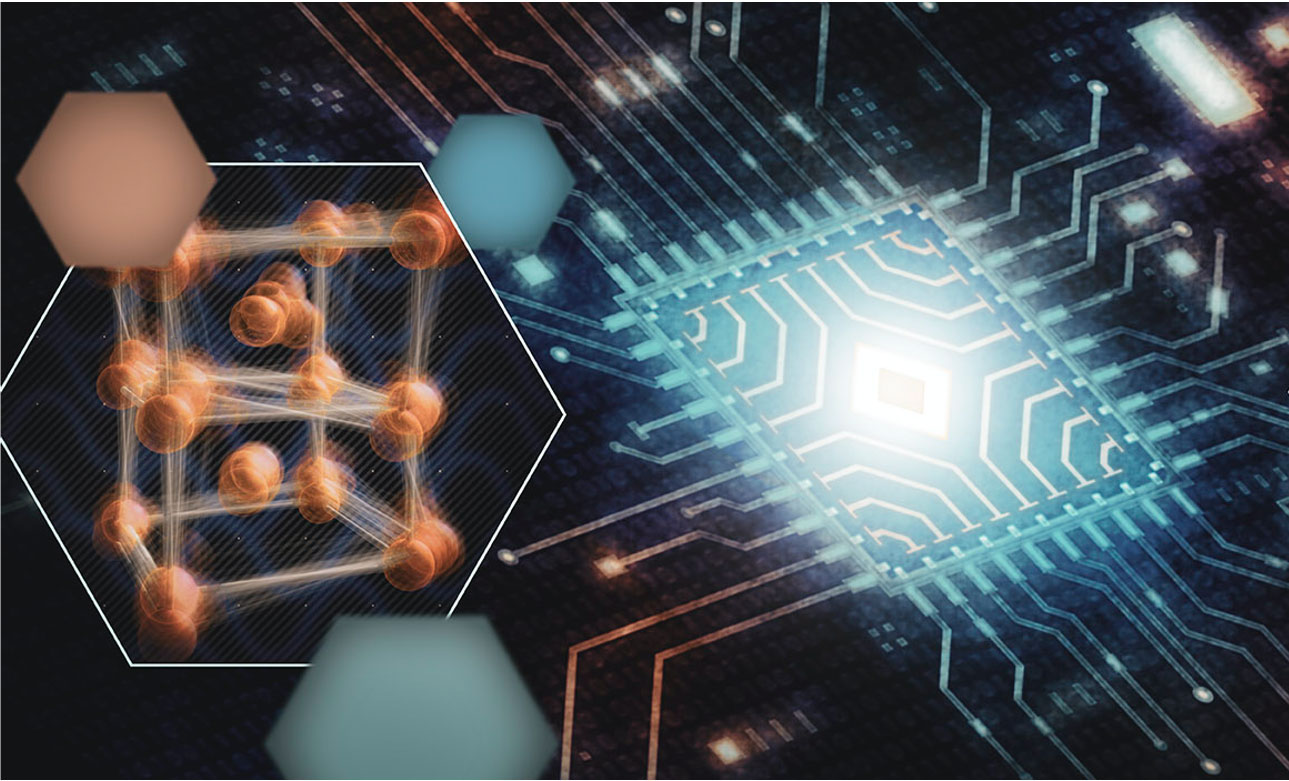
Discovery of a short-lived state could lead to faster and more energy-efficient computing devices.
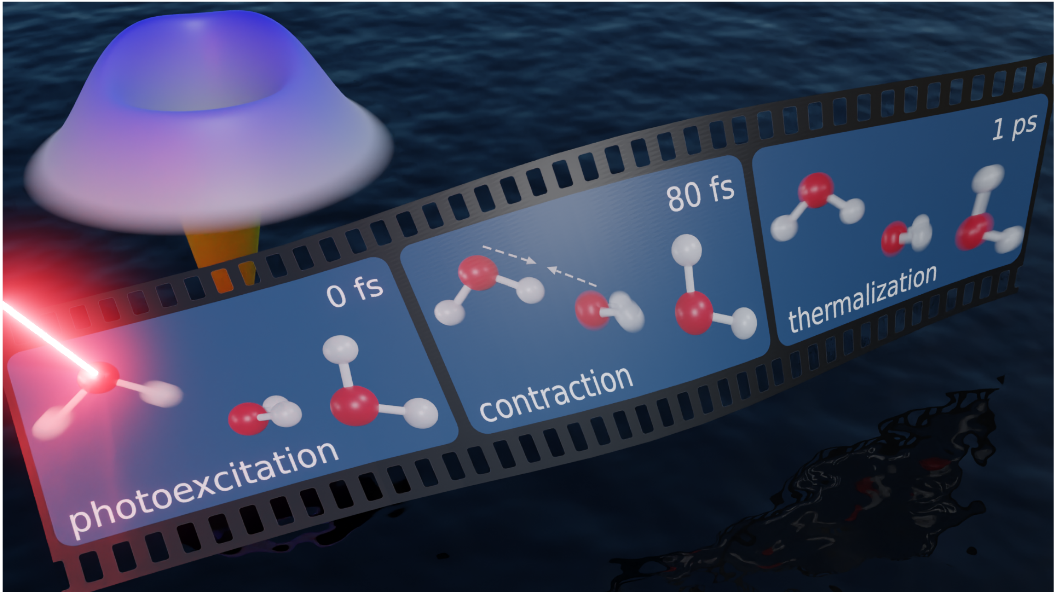
Ultrafast electrons shed light on the web of hydrogen bonds that gives water its strange properties, vital for many chemical and biological processes.
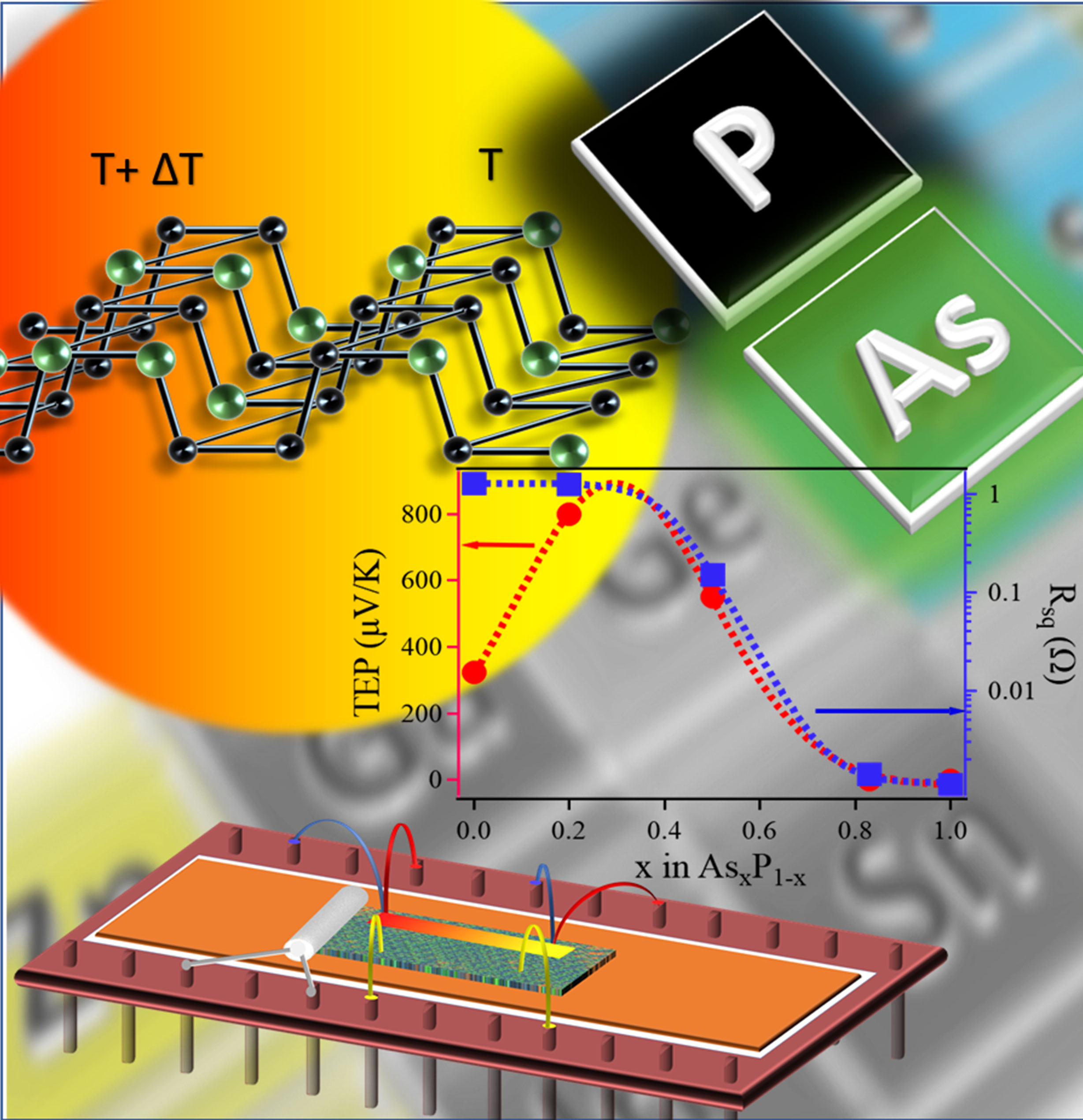
Arsenic doping dramatically improves the ability of black phosphorous to convert heat into electricity.
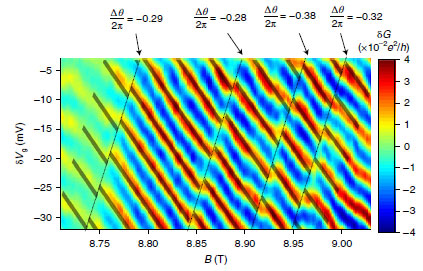
New experiment finds evidence of a collective behavior of electrons to form particle-like quantum objects called “anyons.”
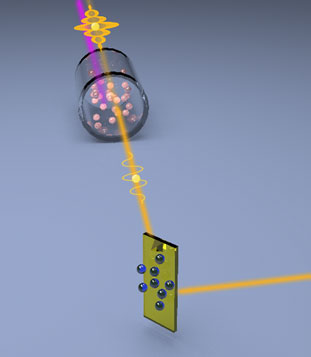
Scientists use quantum entangled light for a new form of microscopy able to detect signals normally hidden by quantum noise.